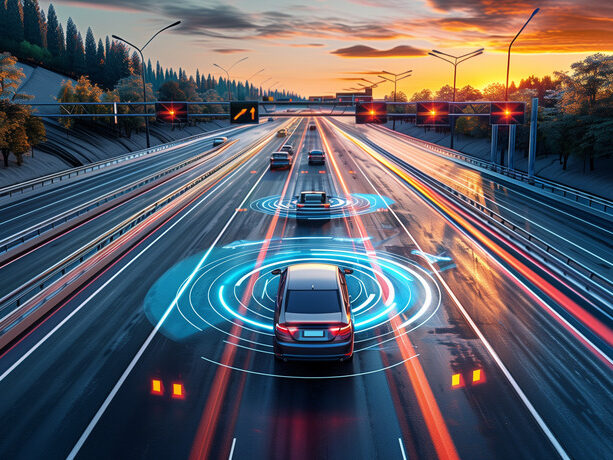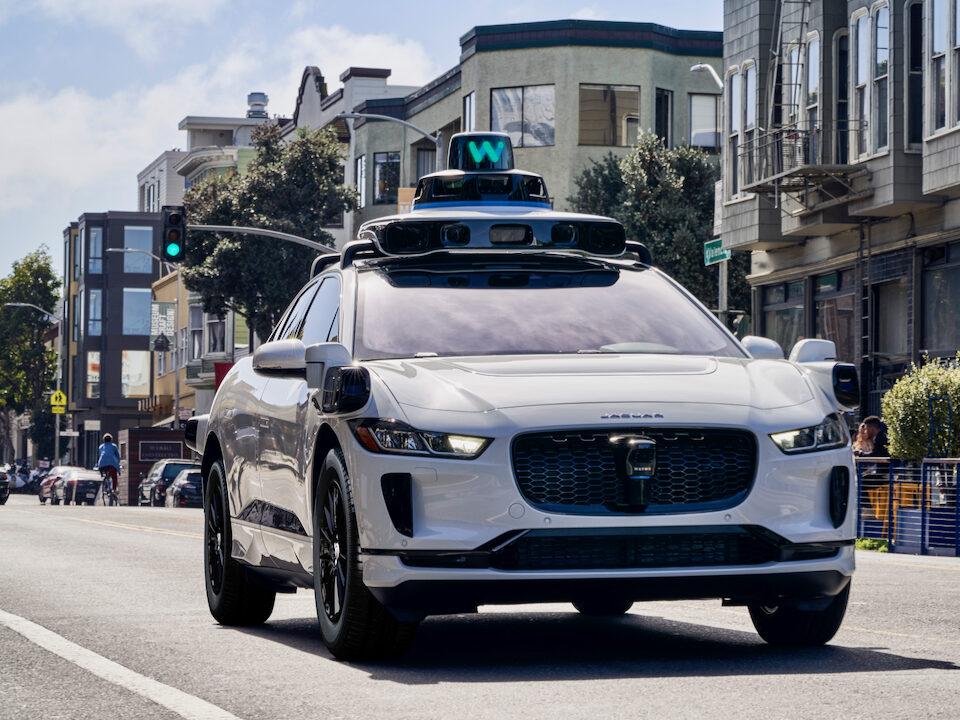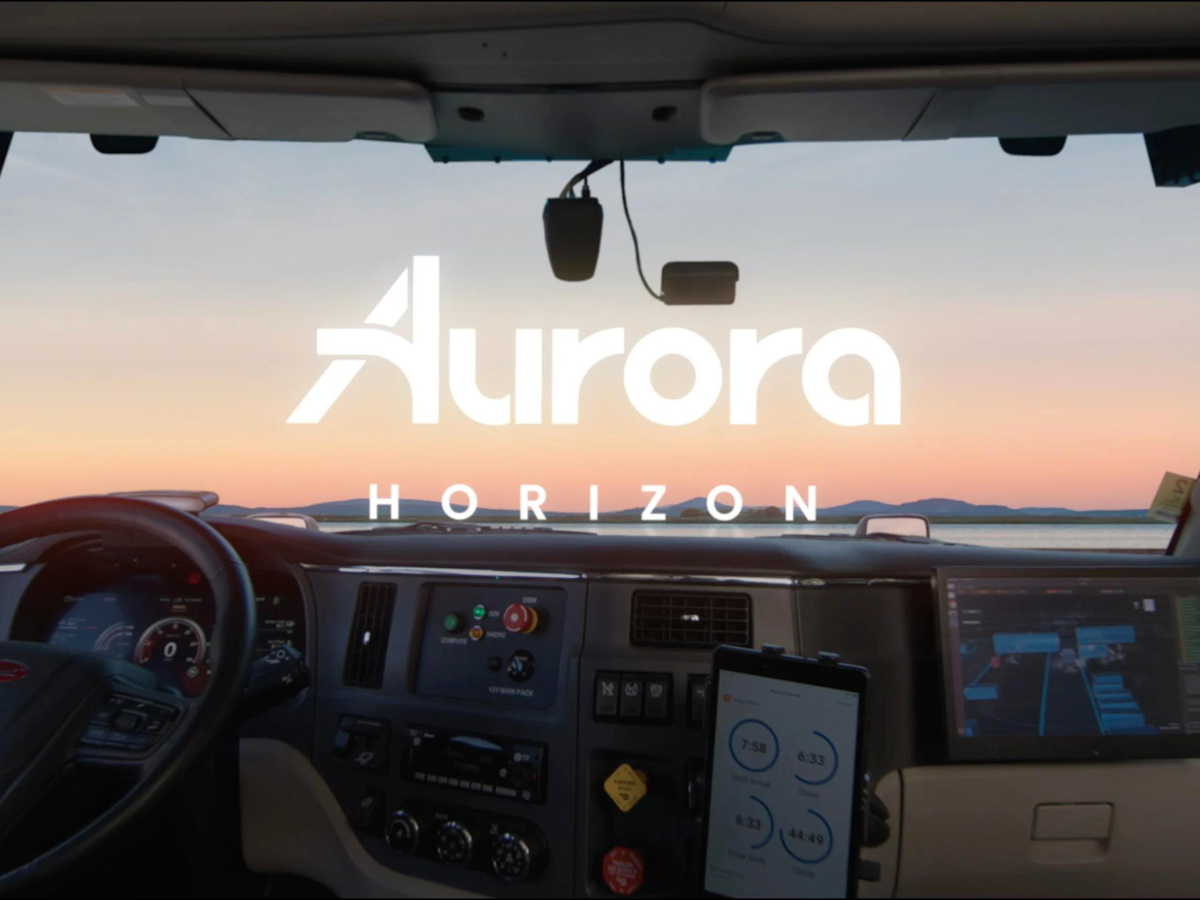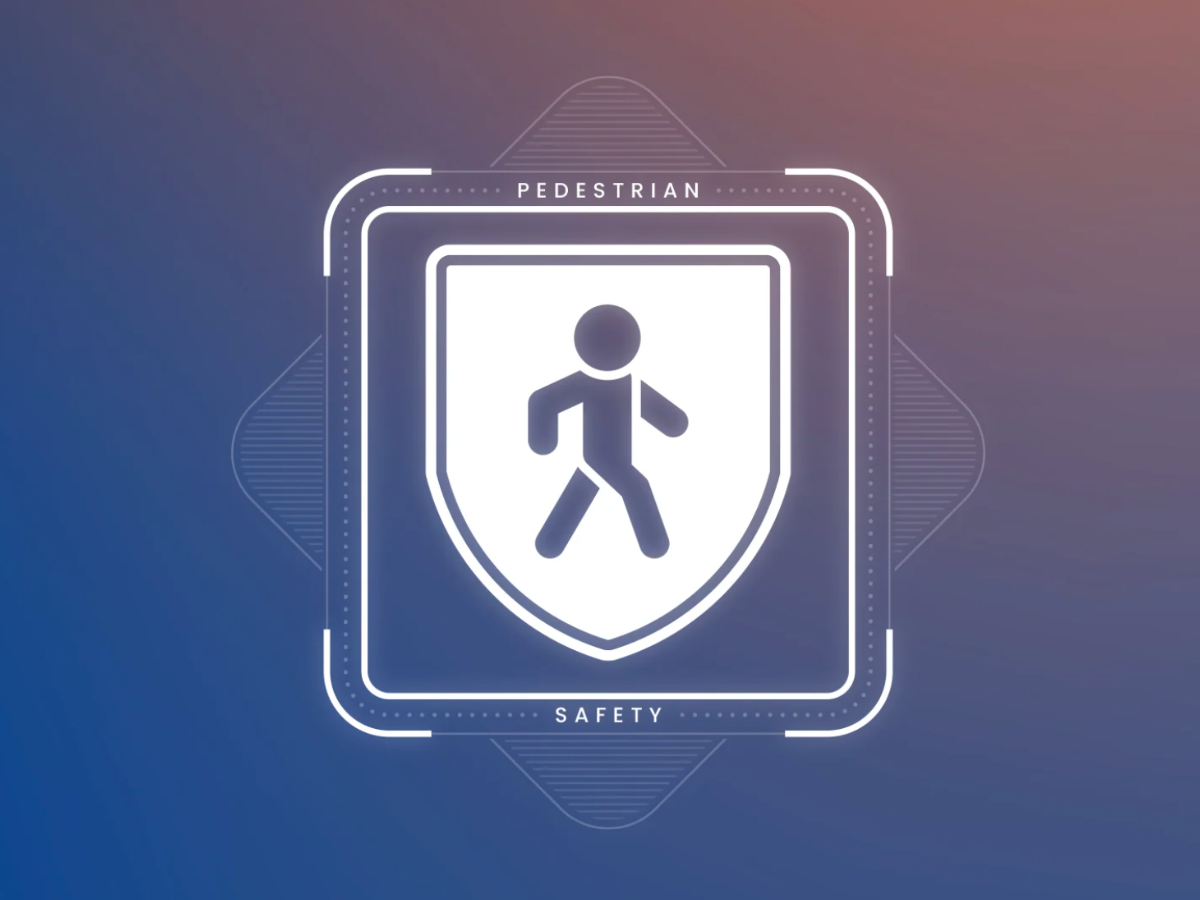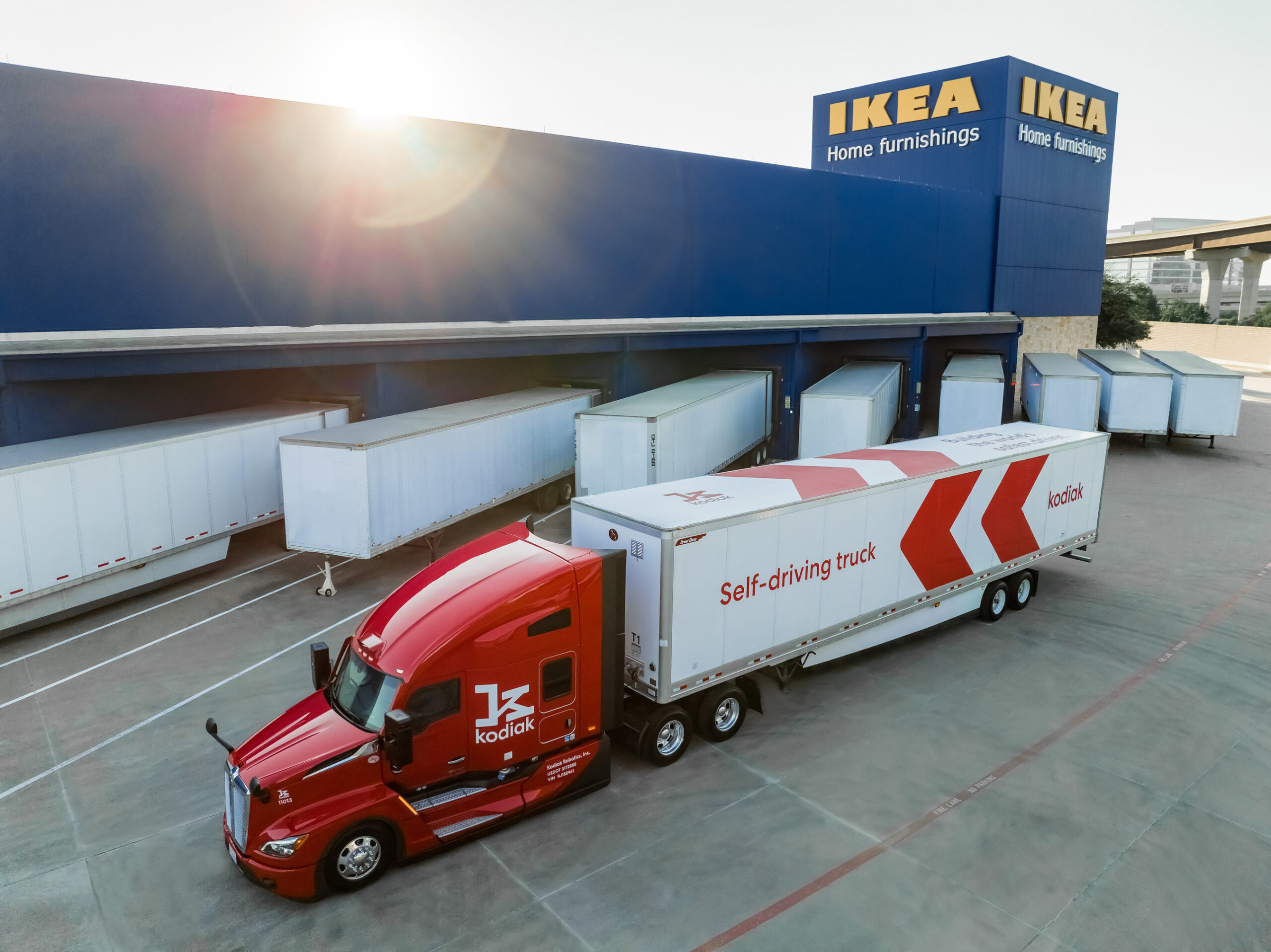Following the recent news that Ford said it was shutting down Argo AI, the autonomous vehicle company focused on L4 automation, in order to focus more on L2+/L3 AV technology, we take a look at what the various levels of automation mean.
The levels range from Level 0 – no automation – to Level 5 – full autonomy – and were developed by the Society of Automotive Engineers (SAE).
Level 1 Automation
Level 1 automation provides basic driver assistance and is quite widespread in modern cars. Colloquially dubbed “hands on”, the driver remains in charge but can make use of features such as cruise control, parking assistance, lane keeping technology or automatic emergency braking.
Level 2 Automation
Level 2 automation, dubbed “hands off”, is a degree of automation where the vehicle can take full control and perform tasks such as accelerating, braking and steering. However, the driver must be ready to intervene and it is often mandatory for drivers to keep their hands on the steering wheel. The driver is still responsible for monitoring the driving environment. Some L2 systems, such as Ford’s BlueCruise, have an in-vehicle camera pointing at the driver that is there to ensure the driver is still paying full attention to the road.
Another example of a Level 2 assistance system is the GM Super Cruise. It features adaptive cruise control to maintain a “driver-selected” following gap. It uses real-time cameras, sensors, GPS and LiDAR map data. The driver must make sure the vehicle is on a compatible road; the lane markings are clearly visible (they could be obscured by glare or poor weather conditions); and the camera and radar sensors are not covered, obstructed or damaged. Like Ford’s BlueCruise, this system requires a driver attention camera that is there to make sure the driver is paying attention to the road.
One of the problems with autonomous vehicle technology is that drivers become over-confident with how much their vehicle can do, leading to dangerous or even fatal outcomes. For example, Tesla’s Autopilot feature is an L2 feature only and in 2016 a Tesla driver was killed when the car smashed into the side of a turning truck, while the driver was likely watching a film on a laptop. Tesla said that the Autopilot did not notice the white side of the truck’s trailer against the brightly lit sky and so did not apply the brake. This is just one of several verified fatalities involving Tesla’s autopilot.
Level 3 Automation
At Level 3 automation, “eyes off”, the vehicle technology is such that a driver can safely take their attention off the road and do other things such as watch a film, check emails or read a book. The technology is capable of performing tasks that require immediate action, such as emergency braking. The driver must still be able to take control of the car when prompted by the vehicle to do so.
Vehicles in this category would have to satisfy the international automated lane keeping systems (ALKS) regulations. Here the driver must be seated, attached and available, there must be a properly functioning data storage system for automated driving (DSSAD), the level may only be used on the kind of road where pedestrians and cyclists are not allowed and there is a central dividing barrier between the different directions of travel.
Mercedes-Benz was the first vehicle manufacturer to gain internationally valid regulatory approval (UN-R157) for manufacturing vehicles capable of Level 3 autonomous driving in December 2021. The company said the first S-Class vehicles with DRIVE PILOT would be available for purchase in the first half of 2022, allowing driving in conditionally automated mode at speeds of up to 60km/h in heavy traffic or congested situations on suitable stretches of motorways in Germany. The DRIVE PILOT uses LiDAR technology.
Level 4 Automation
Level 4 automation, “mind off”, is a step up from Level 3 in that a driver’s attention is never required for safety interventions. At this level of automation, a driver would be allowed to go to sleep or leave the driver’s seat. This level is only permitted in specified, geofenced areas under special circumstances. Outside of these areas and circumstances, a driver must take over again and the vehicle must be able to come to a safe stop should the driver fail to take the necessary control. Vehicles with this level might be delivery services operating on set routes at set times.
Waymo, the autonomous vehicle company owned by Alphabet (parent company of Google), has made its driverless robotaxi service available to vetted local residents in Phoenix, Arizona. There is no driver behind the wheel of these Jaguar I-Pace EVs. The testers have to sign non-disclosure agreements. There are remote human supervisors who can provide assistance if the Waymo vehicles comes across an unfamiliar situation.
Level 5 Automation
At Level 5 automation there is no human intervention required. This vehicle can drive autonomously on all roads, on all surfaces and all year round, irrespective of the weather conditions. These vehicles don’t need steering wheels, pedals or other controls.


